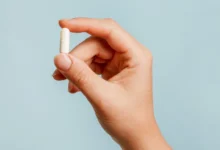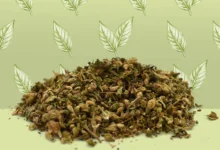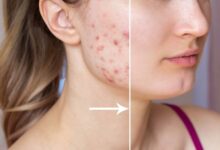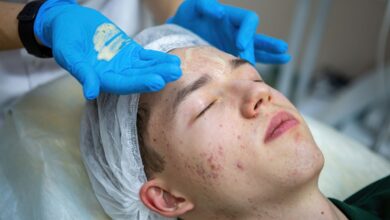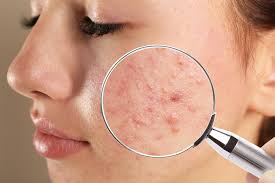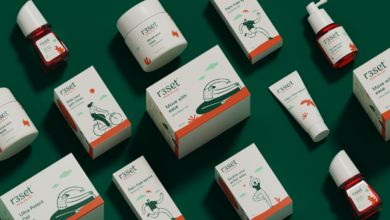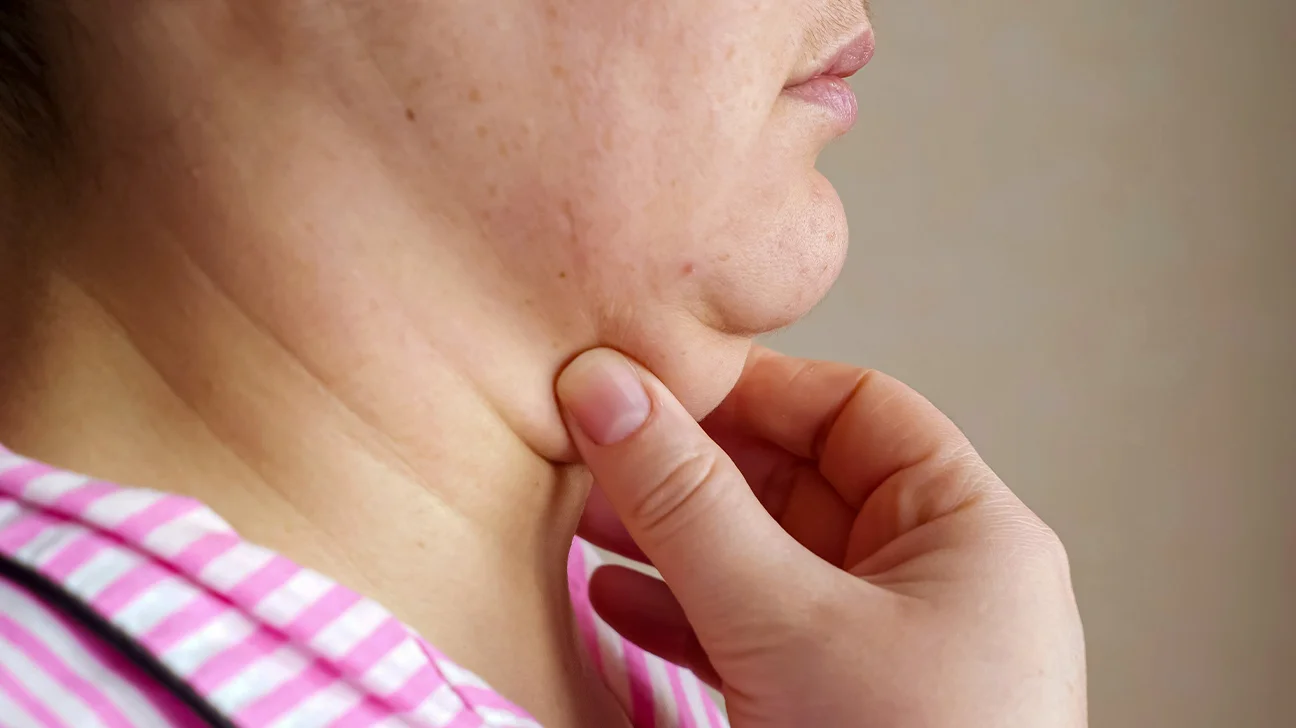
Can Losing Facial Fat Help Reduce A Double Chin?
Many of us link a double chin to weight gain, but there’s more to the story. While extra weight can contribute to a double chin, other factors come into play too. A double chin refers to excess fullness under the chin, caused by fat that gathers in two specific areas.
Interestingly, your genetics play a bigger role than weight. If your family members have double chins, you’re more likely to develop one as you age. People with a shorter neck, a weak chin, or a lower voice box are also more prone to having a double chin.
The good news? There are effective ways to tackle it! In this blog, we’ll learn the causes of a double chin, whether weight loss can help, & explore various treatment options.
Table of Contents
Factors Causing Double Chin
A double chin can appear for several reasons, and here are the most common factors:
- Age: As we get older, our skin starts to lose its natural elasticity. This can lead to sagging skin and contribute to the appearance of a double chin.
- Diet and Weight: While not always the main cause, weight gain can lead to a double chin. A diet high in calories, processed foods, and unhealthy fats can promote weight gain, which may result in extra fat under the chin.
- Genetics: Genetics play a big part. If your family has a history of double chins or skin that doesn’t stay firm, you may be more likely to develop one yourself.
- Posture: Poor posture can weaken the muscles in your neck and chin. Over time, this can cause the surrounding skin to lose its firmness, which may contribute to a double chin.
These factors can work alone or together, but understanding them can help you explore ways to prevent or treat a double chin.
What Are the Aesthetic Treatment Options for a Double Chin?
There are non-invasive and invasive treatments that can reduce a double chin, such as:
Chin Filler Treatment
Chin filler treatment can enhance the shape and definition of your chin and jawline. By injecting dermal fillers into the chin area, this non-surgical procedure can create a more contoured look & help balance facial proportions. Results are usually visible immediately, and the procedure can also reduce the appearance of a double chin by enhancing the overall structure of the chin and jawline. So, if you’re looking for a simple and easy non-invasive treatment, opt for chin filler treatment London and enjoy effective results.
Endolift
Endolift targets fat under the chin and along the neck, reshaping these areas for a more sculpted look. The treatment takes about 40 to 60 minutes, and results are usually seen within 4 to 12 weeks. During the procedure, the area is numbed, & a laser applicator helps reduce fat. The Endolift fibre specifically focuses on the neck and jowls, tightening the skin within 4 to 6 weeks.
Mesotherapy
Mesotherapy involves small injections of fat-dissolving substances into the skin. Kybella, a popular option, helps break down fat under the chin. Each session can require 20 or more injections, and up to six sessions may be needed, spaced a month apart. It’s crucial to have these injections performed by a qualified professional to avoid complications. Common side effects include swelling, bruising, & redness.
Neck Lift
A neck lift is a surgical option to remove sagging skin, tighten loose muscles, and reduce excess fat. It can help improve the neck’s appearance by tightening the platysma muscle & repositioning the skin for a smoother look. This procedure offers the best & longest-lasting results for those seeking a more defined neck and chin.
Applicators and Straps
Chin applicators contain ingredients like collagen and caffeine to improve skin elasticity and tighten the area. Facial straps or belts are also available, offering gentle support to firm and smooth the skin under the chin when worn regularly.
What Are the Other Remedies?
Dieting for Weight Loss
There isn’t a specific diet to target a double chin, but eating a healthy and balanced diet can help with overall weight loss, which may reduce the appearance of a double chin. Focus on nutritious foods to see better results. Here’s what you can include in your diet:
- Fibre-rich fruits and vegetables: These keep you full and provide essential vitamins & minerals.
- Whole grains: Opt for healthier options like whole-wheat bread, barley, and brown rice.
- Lean protein sources: Incorporate nuts, eggs, fish, and lean meats like chicken to support muscle health and fat reduction.
- Healthy fats: Include foods like nuts, olive oil, avocado, and yoghurt for beneficial fats.
On the other hand, it’s important to limit or avoid certain foods that may contribute to fat buildup:
- Refined carbohydrates: Found in products like white bread and sugary cereals, they provide little nutritional value.
- Added sugars: Common in baked goods, soda, and condiments, these can lead to excess calorie intake without added nutrition.
- Trans and saturated fats: Present in foods like red meat, butter, and certain cheeses, these fats can lead to fat accumulation, including under the chin.
To know more about ‘how to get rid of double chin?’ in detail, skim through our guide and get all the details in one place.
Conclusion
Dealing with a double chin can really be frustrating, but knowing its causes will surely give you a clear path forward. Whether it’s due to weight gain, genetics, or ageing, there are many options to address this common concern. From dietary changes and exercise to aesthetic treatments like fillers, Endolift, & mesotherapy, each solution offers unique benefits.
If you’re considering non-invasive treatments, fillers and fat-dissolving injections can give you noticeable results without surgery. For those looking for the best & longest-lasting solutions, options like a neck lift can provide dramatic improvements. Additionally, simple lifestyle changes like improving posture & following a balanced diet can make a difference over time.


